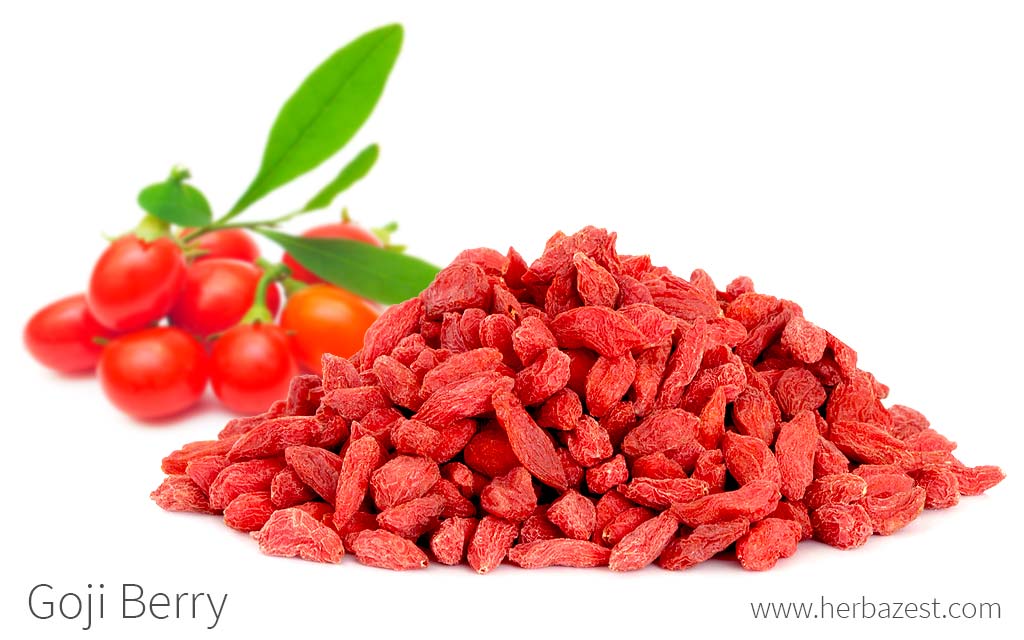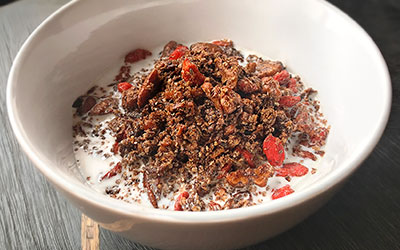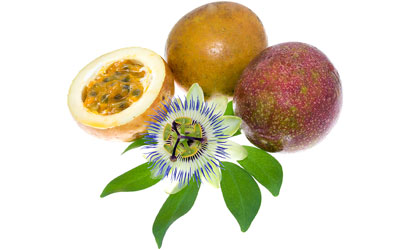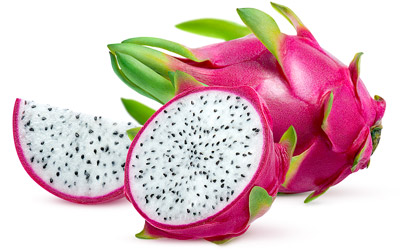Goji berries are native to eastern Asia - specifically China and Japan - and have been naturalized in North America and Britain. Goji berries are mainly cultivated in China and Malaysia now. Traditionally, goji berries were believed to promote long life. They are considered one of the most important traditional medicines in China, and their use can be traced back nearly 2,000 years.
Goji Berry Medicinal Properties
- Medicinal action Hepatoprotective, Immunostimulant
- Key constituents Carotenoids (mainly zeaxanthin), polysaccharides
- Ways to use Capsules, Hot infusions/tisanes, Food, Tincture
- Medicinal rating (2) Minorly useful plant
- Safety ranking Safe
Health Benefits of Goji Berry
The hepatoprotective, hypotensive, and immune stimulant properties of goji berries make them beneficial for medicinal uses, which are mostly traditional and have not been widely investigated by modern science. Historically, goji fruits have been most commonly consumed for:
Promoting immunity. Preliminary studies on goji berry suggest that it may have a stimulating effect on the immune function, thus protecting the human body against external pathogens, such as viruses and harmful bacteria.
Improving eyesight. The antioxidant action of goji berry promotes healthy vision, thus helping prevent and treat eyes diseases, such as macular degeneration and glaucoma.
Protecting the liver. Goji berry has been shown to enhance liver function, protecting this organ from injuries caused by exposure to harmful chemicals. Goji berries may be useful in the prevention and treatment of chronic liver diseases.
Additionally, the consumption of goji is thought to contribute to clean kidneys, thus improving renal function.
Goji berry's supplementation is thought to enhance the protective effect of flu vaccine against influenza virus.
The goji berry has long been prescribed by Chinese herbalists to lower blood pressure and reduce fever, as well as for treating ulcers and gastritis.
How It Works
Polysaccharides and carotenoids (particularly zeaxanthin) are the main active compounds responsible for goji berries health benefits. Polysaccharides promote immune system functions, reduce gastric irritation, and protect against neurological damage, whereas carotenoids are antioxidants that protect cells from free radicals and repair the damage caused by oxidative stress.
Zeaxanthin and other steroidal components help treat viral hepatitis.
Herbs with hepatoprotective properties are chicory and peony, whereas blueberry, camu camu, and noni also enhance the immune system.
Side Effects
Goji berries are considered safe, and side effects of their consumption in healthy individuals have not been reported.
Cautions
There are few case reports that suggest goji berry may inhibit coagulation, increasing the possibility of bleeding in people taking warfarin. The Asian fruits have also been shown to interact with medications for hypertension and diabetes.
Because their effects during pregnancy and lactation are yet to be fully understood, women going through these stages are advised to avoid goji berries.

Goji Berry Nutrition
Goji berries are an outstanding source of vitamin A (from beta-carotene), which is crucial for cell production and growth. It possess antioxidant properties that support liver health and can help prevent age-related diseases, such as glaucoma and macular degeneration, as well as an eye condition called xerophthalmia, characterized by the inability to see in low light, which can lead to blindness unless is treated.
Additionally, goji berries are a good source of the immune boosting vitamin C (ascorbic acid), which is also necessary for collagen production, as well as iron, a mineral that plays a key role in red blood cells' production and the transportation of oxygen throughout the body, and whose deficiency can lead to anemia.
Because they provide good amounts of dietary fiber, goji berries are a great snack for preventing blood sugar spikes after meals, as well as for improving digestion and relieving constipation. The nutritional value of goji berry is rounded by adequate amounts of plant-based protein and carbohydrates, as well as small quantities of calcium.
Five tablespoons (about 28 g) of dried goji berries provide 98 fat-free calories, as well as 8%, 7%, and 14% of the daily value for protein, carbohydrates, and dietary fiber, respectively.

How to Consume Goji Berry
- Edible parts Fruit, Leaves
- Edible uses Beverage
- Taste Sweet
Goji berries are enjoyed in a myriad of culinary dishes; however, the best way to take advantage of their health benefits is consuming them in remedial forms.
Goji berries are most popularly consumed in Asia; however, their spike in popularity over the last few years has made them a widely-loved "super-fruit" in the United States.
Natural Forms
Raw. Goji berries can be eaten on their own, dried or fresh, or added to a number of dishes for an extra nutritional boost. The Asian berries can also be added to smoothies and salads.
Cooked. The young leaves and seedlings of the goji three are often used in soups. The leaves can be steamed and eaten as a vegetable, and the dried berries are commonly eaten on their own, like raisins, or added to cereals or trail mix.
Juice. Goji berry juice is another popular way of cunsuming the fruit in order to reap its health benefits.
Infusion. Goji berry is commonly consumed as a warm infusion in Asia to lower blood sugar, and is also drank as a tonic for liver and kidneys.
- Powder. Once dehydrated, the goji berries are finely ground into a fine powder that preserves their nutritional properties and can be added to juices, shakes, and many other culinary preparations.
Herbal Remedies & Supplements
Tincture. This concentrated form preserves the health benefits of goji berry and it is often used for treating eye and chronic liver diseases, as well as diabetes and skin conditions.
Capsules. The active compounds of goji berry also come in capsule form, in standardized doses that can be taken on daily bases to improve eye health and stimulate the immune system.
Buying
Natural Forms
After their steady rise in popularity in recent years, goji berries have become available year round at most grocery stores or specialty health stores, and they can also be easily purchased from online retailers.
Goji berries are typically consumed as dried fruit, but they are also commonly processed into juice. Goji berry pulp powder, whole seeds, and fruit puree are also available for purchase at some health food stores and online.
Herbal Remedies & Supplements
Goji berry is available in remedial and supplemental forms, mainly capsules and extracts. These products can be found at most specialized health stores and online.
Thanks to the international market, goji berries have gained global recognition for their beneficial properties and delicious taste.
Growing
- Life cycle Perennial
- Harvested parts Fruit
- Light requirements Partial shade
- Soil pH 7.4 – 7.8 (Slightly alkaline)
- Plant spacing average 2 m (6.56 ft)
- Propagation techniques Cuttings
Goji berry shrubs are resistant to extreme temperatures, and are also drought tolerant. If the right conditions are met, these woody perennials can easily be cultivated in a home garden.
Growing Guidelines
Goji plants are easier to propagate from cuttings rather than seeds, and they will take a full year before becoming winter-hardy.
The shrub grows well in partial sun and well-drained soils, with an ideal pH of 7.0 - 8.0.
Goji plants can grow in temperatures ranging -10 -110°F (-23 – 43°C)
Ideally, each shrub should be planted six feet (2 m) apart.
Trellising can be helpful when beginning the growing process in order to help support the seedlings.
If the plants are for landscaping purposes, they should be pruned in wintertime so that they stay at the desired height.
Additional Information
- Other uses Cosmetics
Plant Biology
The goji berry plant is a woody shrub that can grow to be about three feet (1 m) in height. The goji berry plant is characterized by its thorny stems, smooth bright green leaves, purple flowers, and distinctive orange-red berries, which can be larger or smaller depending on the goji species.
Classification
Goji berry is part of the Solanaceae, or nightshade family. This large botanical group includes many crops of economical importance, such as tomato (Lycopersicon esculentum), potato (Solanum tuberosum), eggplant (Solanum melongena), goldenberry (Physalis peruviana), and pepino (Solanum muricatum).
Species and Varieties of Goji Berry
There are approximately 80 species of plants in the genus Lycium and many produce edible berries; however, two Lycium species have major economical importance and are often confused: L. chinense and L. barbarum.
In China, where most of the world's commercial goji berry production is found, most plants with high quality fruit are of Lycium barbarum L. var. barbarum, though some Lycium chinense Mill. var. chinense is also grown. Goji berry plants can also be found growing in nearly all U.S. states and Canadian provinces.
Historical Information
As a traditional Chinese medicinal herb and food supplement, Goji berries have been used in China and other Asian countries, such as Korea and Japan for more than 2,000 years.
The first record of the goji berries can be traced back to 200 BCE, in the Shen Nong Ben Cao Jing, an ancient book that includes 365 traditional herbs, detailing medicinal and agricultural knowledge.
Goji berries were introduced to Great Britain during the 1730s. Tinctures and teas made from the dried berries are commonly taken as a general tonic to improve blood, strengthen the body, treat wasting diseases, improve eyesight, and protect the liver.
Economic Data
The main supplier of goji berries worldwide is China, and their cultivation is one of the main economic forces in the Ningxia Hui and Xingjian Uyghur regions. In addition to the sale of fresh and dried goji berries, they are also marketed for cookies, chocolates, wines, jams, cosmetics, and juice. The minimum production of goji berries is approximately 15 pounds (6.8 kg) per shrub. According to recent figures, goji berries can yield around $4.20 to $6.67 USD per acre.
Popular Beliefs
In Chinese traditional medicine, goji berries are thought to harmonize and increase the jing energy of adrenal glands and kidneys, thus improving stamina, strength, longevity, and sex drive.
Ancient folklore says there was a Chinese herbalist named Li Qing Yuen who lived to be 252 years old from eating goji berries every day.
Other Uses
Landscaping. Goji berry shrubs have also a esthetic value and are often planted with ornamental purposes.
Skin care. Goji berry extract is also used in cosmetics, such as lotions and lip glosses. It is often added to skin care products because of its purported antioxidant ability.
Sources
- Dried Fruits: Phytochemicals and Health Effects
- Drug Desing, Development and Therapy, An evidence-based update on the pharmacological activities and possible molecular targets of Lycium barbarum polysaccharides, 2015
- Herbal Medicine: Biomolecular and Clinical Aspects, Chapter 14, Biomolecular and Clinical Aspects of Chinese Wolfberry
- Herbs and Natural Supplements Inkling: An Evidence-Based Guide, p. 554
- Penn State University, Goji Berry Culture
- Pick Your Way to Better Health, p. 109
- Superfoods: The Food and Medicine of the Future
- The Journal of Nutrition, Dietary wolfberry supplementation enhances the protective effect of flu vaccine against influenza challenge in aged mice, 2014
- Encyclopedia of Herbal Medicine, p. 113
- Medicinal Plants of the World, p. 195
- Germplasm Resources Information, Lycium chinense Mill










